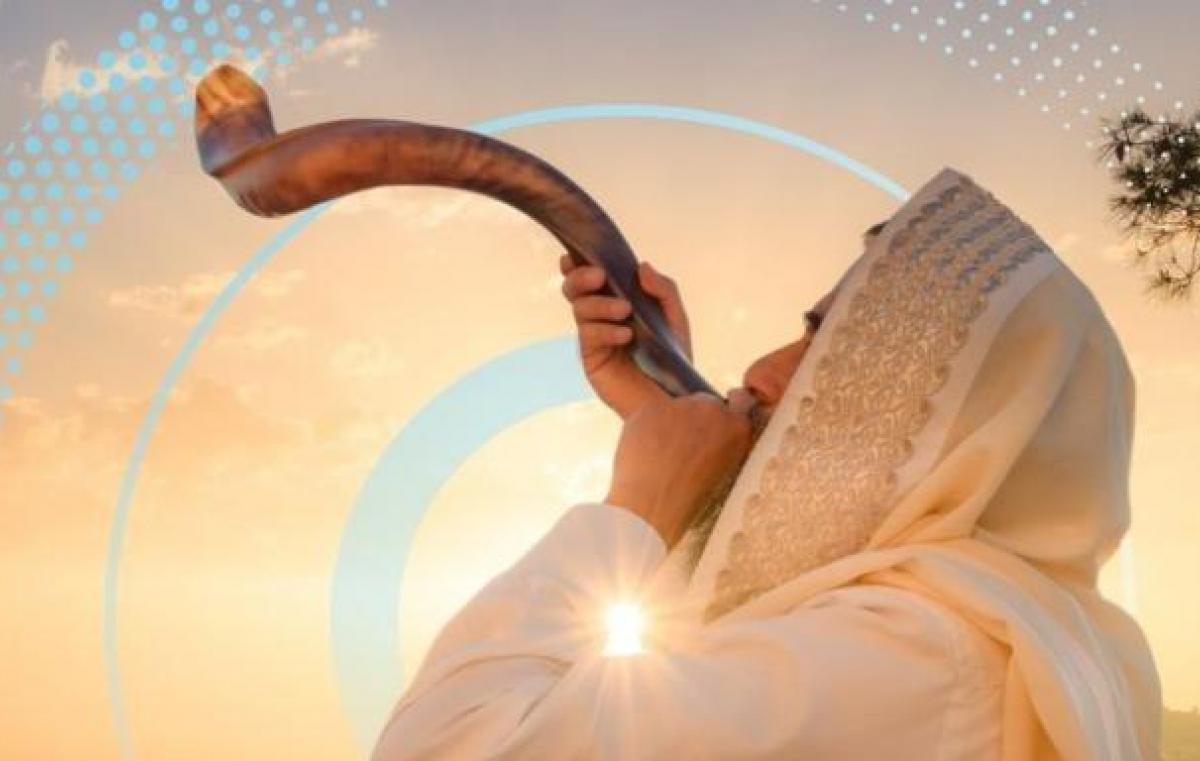The Jewish Calendar
The Jewish calendar, which begins from Rosh Hashana in the Hebrew month of Tishrei, is part of the common foundation of our spiritual and material life as a people. Prof. Ely Merzbach explains how it works

Calendars are always based on astronomical manifestations of the sun (like the civil Gregorian calendar we use) or of the moon (like the Muslim calendar) because they are cyclical, fixed and may be observed. The Jewish or Hebrew calendar is lunisolar, synchronizing the holidays with the seasons and the moon phases. Prof. Ely Merzbach, of the Department of Mathematics at Bar-Ilan University, discusses the calculations and considerations that have shaped the Hebrew calendar for some 1,100 years.
In the past, the Sanhedrin (assembly of rabbinic judges) would decide whether a month should be added at the end of the Jewish year, that is, at the end of the month of Adar, before Passover. As the calendar became more sophisticated, leap years were determined on the basis of mathematical calculations and formulas alongside certain preconditions relating to Jewish holidays.
Passover, for example, must occur in the spring, unlike Ramadan, which migrates across the seasons. Rosh Hashana is marked by the appearance of the new moon ushering in the month of Tishrei, but it cannot be celebrated on Sundays, Wednesdays and Fridays, because that also determines the day on which Yom Kippur and Hoshana Rabba will occur. We don’t want Yom Kippur to fall on Sunday because of the difficulty in preparing for it on the Sabbath, nor do we want it to fall on Friday, in order to allow for Shabbat preparations. Rosh Hashana will also be postponed in the case of “molad zaken” – the first appearance of the new moon in the afternoon hours. “Molad,” by the way, is the time when the moon is positioned exactly between the sun and the earth. It always happens 29 days, 12 hours, 44 minutes and 3.3 seconds following the previous “molad.” This number already appears in the Talmud, in the tractate Rosh Hashana.
Once in 19 years, the solar and lunar cycles converge – so that the Hebrew and English birthdays coincide (within a day or two) once every 19 years. In such a cycle, the earth orbits around the sun 19 times, and the moon encircles the earth 235 times. From here are derived calculations related to determining leap years and deciding whether the Hebrew months of Kislev and Heshvan should be 29 or 30 days long. After listening to Prof. Merzbach’s podcast, you too can calculate the specific dates of the Rosh Hashana holidays in the years to come.
To listen to Prof. Merzbach’s Hebrew podcast about the Hebrew calendar, download Bar-Ilan’s free podcast app here.